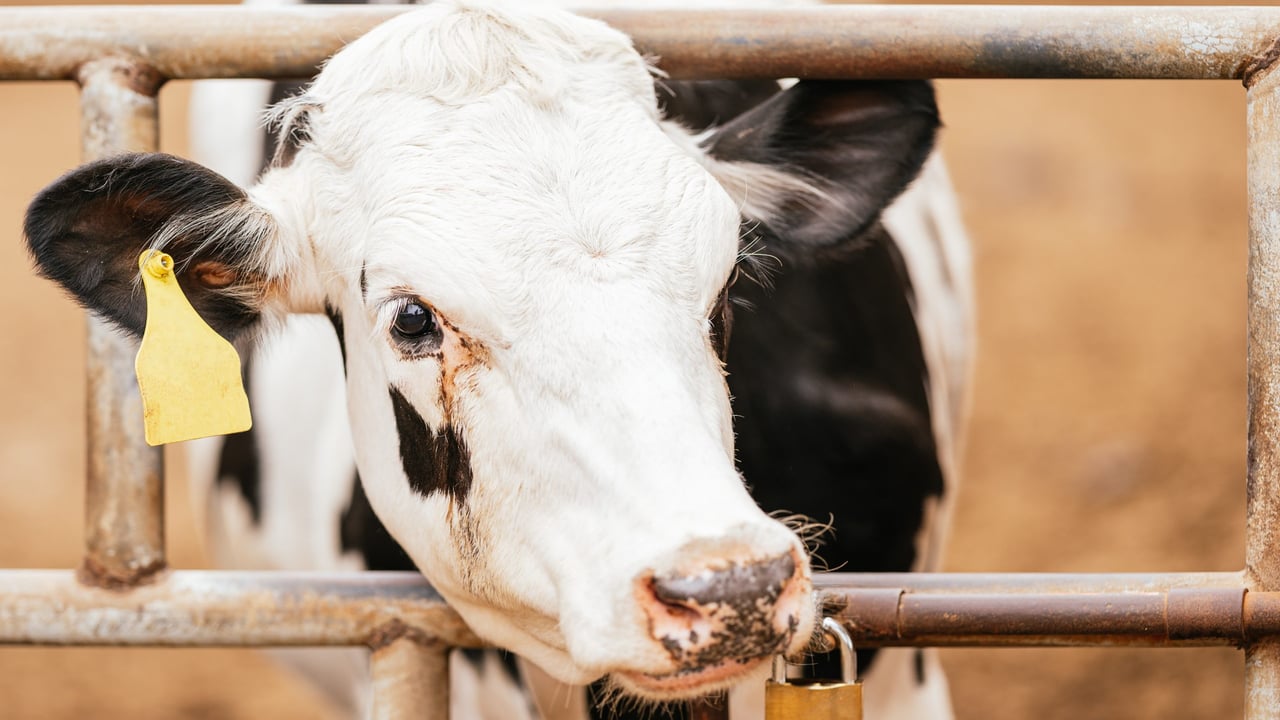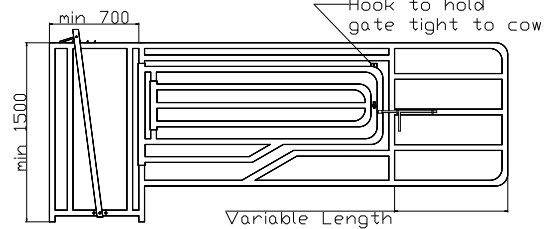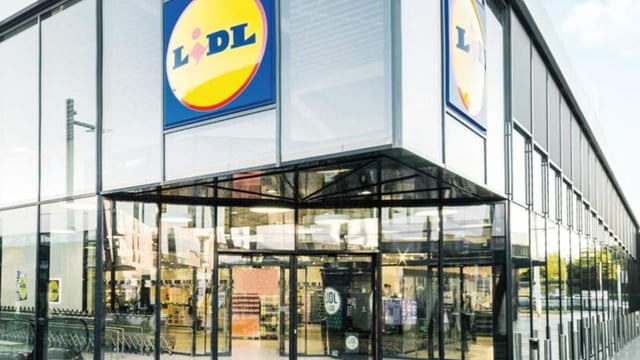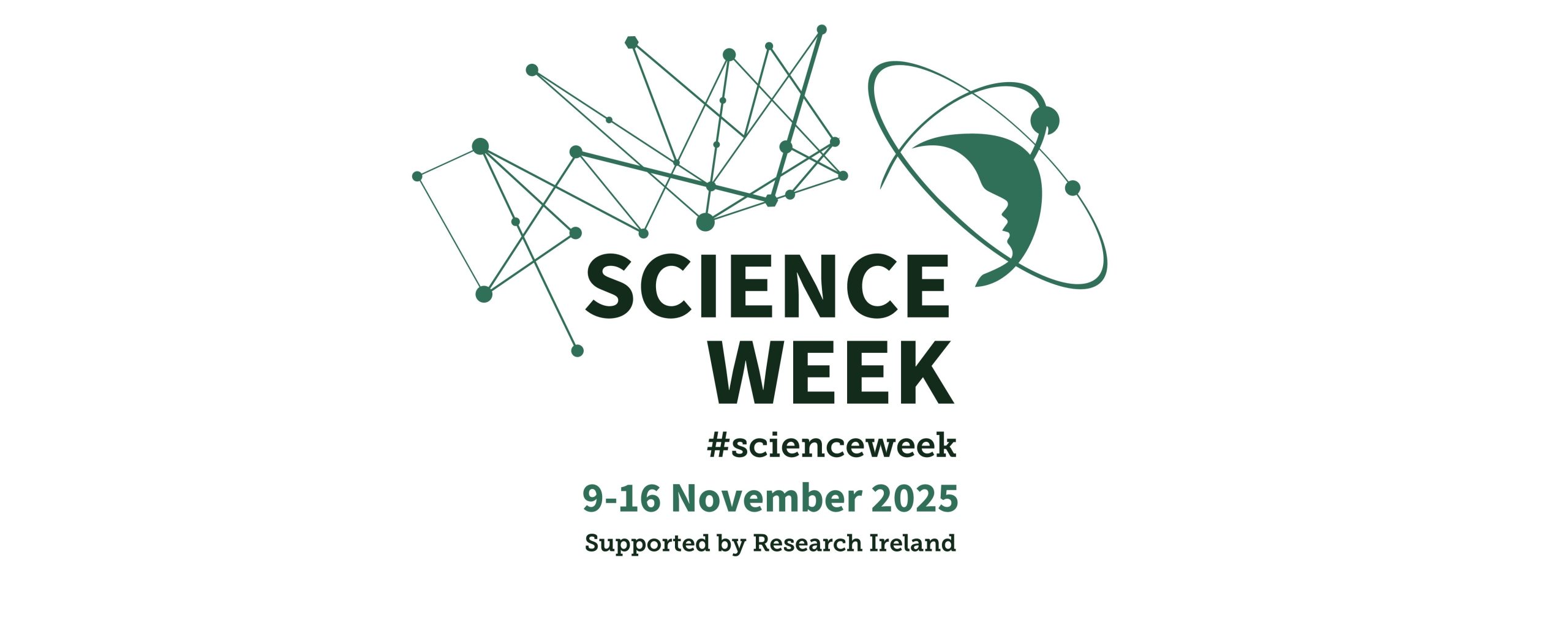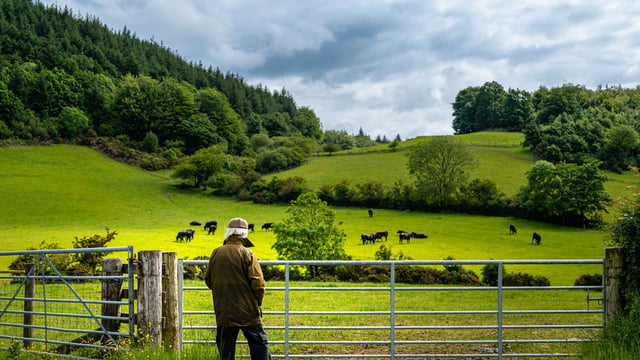DAFM 'aware of issue' with mechanism of a calving gate
The Department of Agriculture, Food and the Marine (DAFM) has confirmed that it is "aware of an issue with the quick release mechanism of a particular make of calving gate".
In a statement to Agriland DAFM stated: "This is the first time that such an issue has been notified to the department and as a result the department is currently reviewing specification S138: Minimum Specification for Grant-Aided Calving Gates and Mobile Cattle Crushes in light of the information supplied.
"The safety of farmers and farm workers is of utmost importance".
DAFM also said that all reports of potential issues are taken seriously and "where necessary, modifications to the department’s specifications will be undertaken".
It added that it would "expect that any manufacturer made aware of such an issue will take the time to review the design of their calving gates and, where necessary, undertake modifications to prevent recurrence of the issue".
Calving gates
According to one farmer, they contacted DAFM to highlight what they claim is a "potential flaw" in the design of a type of calving gate approved under the Targeted Agriculture Modernisation Scheme (TAMS).
This farmer told Agriland they are worried that this "potential flaw" could, in a worst case scenario, be "fatal".
The farmer claims that this "potential flaw" lies within in the spring loaded vertical quick release bar, a required specification needed for grant approval by DAFM.
The farmer told Agriland that they have had personal experience of this because an issue arose during a difficult calving on the farm, when they were using a gate and while a vet was also on farm.
According to the farmer, as the cow began to put pressure on the spring loaded vertical bar, she managed to push the bar up and ultimately quick release herself.
The farmer said they were able to jump over the gate and managed to escape any injury, however they believe that if this were to occur again that someone "may not be so lucky".
Originally the farmer thought that the bar had sheared off, however after investigating, they realised it was part of the design as the bar slotted back in like new.
Safety
The farmer wanted to highlight their experience in the hope of alerting other farmers.
According to a Teagasc report, 21% of all farm fatalities over the last 10 years involved animals.
The farmer also told Agriland: "I don't want to hear on the news of a farmer dying because I kept my mouth shut."
According to this farmer, the Health and Safety Authority (HSA) and DAFM both endorse calving gates for farm safety.
However they said they personally "will never use" their calving gate again because of their experience.
Under the 2016 Safety, Health and Welfare at Work Regulations it is a requirement to report accidents and dangerous occurrences.
This farmer in question reported their experiences to the HSA and DAFM because they were "thinking of the safety of others".
HSA
A spokesperson for the HSA told Agriland that "the HSA does not certify or approve specific equipment models under TAMS".
"Our role is to promote and enforce compliance with the Safety, Health and Welfare at Work Act 2005."
The spokesperson added: "If a flaw in the engineering design of a calving gate poses a risk to health and safety, the issue should be reported to the supplier or manufacturer.
"It is the duty of the employer (farmer) to take appropriate action to eliminate or reduce that risk."

